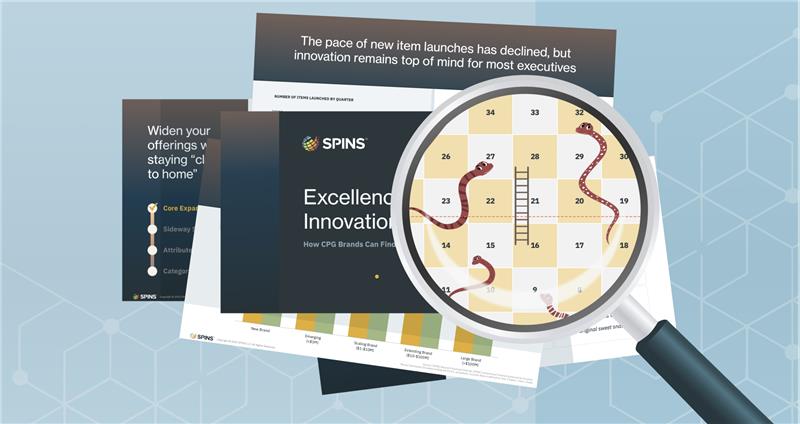Key Takeaways for eCommerce Managers:
- Ensure all product data and images, including fresh and private label, are available.
- Use attributes and badging to communicate product qualities.
- Maximize product discoverability through granular, attribute-driven search and filtering to ensure no search goes unanswered.
To create great experiences, retailers need to inform shoppers about how their products meet their needs and values. A retailer’s website is often one of the most useful tools to accomplish this.
Using Product Intelligence as a foundation, eCommerce managers have everything they need to communicate how products meet shopper values: images, label data, standardized naming conventions, and attribution.
- Images enhance discoverability if a shopper already knows what they’re looking for and give them an idea of what the product looks like if they’ve never had any experience with it.
- Label data—e.g., nutrition fact panels, romance copy, claims, certifications, etc.—provide the baseline level of information shoppers are looking for and whether a given product meets their health goals or dietary needs.
- Standardized naming conventions provide a more seamless shopping experience and reduce confusion, e.g., if a brand’s name is sometimes written in full and sometimes abbreviated
- Standardized attributes, like standardized names, enable seamless experiences and more confident shopping compared to incomplete badging. Modern Product Intelligence, which supports algorithmic application of attributes, is especially important here since it minimizes human error during attribute input and can be applied across a retailer’s assortment at scale.

How different levels of sophistication in Product Intelligence affect the eCommerce experience
Measuring ROI: eCommerce
While measuring the ROI from a PI solution varies depending on the use case, the ROI gained from deploying and adopting PI across a retailer’s business units is incremental. The more teams that use it, the more cost-effective it becomes. Strategic deployment of PI across an organization drives immense operational efficiencies that are flexible enough to drive value across the entire retail ecosystem.
Questions eCommerce managers can ask themselves to see where Product Intelligence is driving returns include questions around:
- Site engagement and conversions
- Did conversions (e.g., clicking where-to-buy/add to basket) increase?
- Do shoppers engage with PDPs (e.g., clicking through images, expanding ingredient or nutritional information) more?
- Online to offline conversion
- Do online search trends correspond with in-store purchases?
- Session depth and bounce rate:
- Do consumers visit more product display pages (PDPs) per session?
- Did the incidence of consumers navigating through the site and looking at at least one PDP before leaving increase?
Keep in mind that Product Intelligence solutions shouldn’t be evaluated in the vacuum of a single department’s use cases! While Product Intelligence can significantly improve eCommerce workflows, the true value of Product Intelligence is business transformation from deploying it across all retailer touch points.





